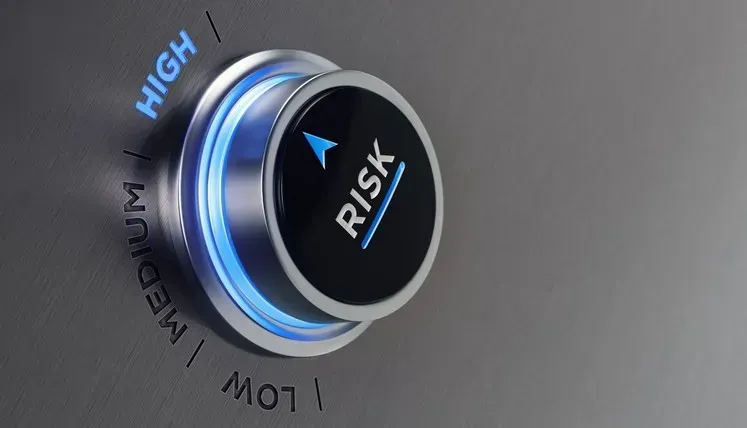Risk Culture
Understanding Risk Culture

In the dynamic and complex landscape of modern business, the mind-sets and behaviors of individuals and groups within an organization play a crucial role in the execution of a company's enterprise-risk-management (ERM) strategy. Risk culture is not confined to the risk management department; it permeates every level and function of the organization. Recognizing this, we have developed a proprietary approach to risk culture that, for the first time ever, enables the creation of a specific and detailed description of the core elements of a company’s risk culture.
Our approach encompasses an analytical methodology for measuring and profiling risk culture, allowing organizations to gain a nuanced understanding of their current state. This involves comprehensive assessments that capture the attitudes, beliefs, and behaviors related to risk across various departments and hierarchical levels. By employing sophisticated diagnostic tools, we can identify strengths and weaknesses within the existing risk culture, providing a clear and actionable profile.
Furthermore, our proprietary framework includes overarching industry-specific benchmarking. This enables organizations to compare their risk culture against industry standards and best practices, highlighting areas where they excel and where improvements are needed. Such benchmarking is invaluable for setting realistic goals and understanding how an organization’s risk culture stacks up against its peers.
One of the most significant aspects of our approach is the identification of specific levers for actively influencing and developing risk culture. Through targeted interventions, we help organizations cultivate a proactive risk culture that supports their ERM strategy. These levers may include leadership development programs, communication strategies, training initiatives, and the establishment of incentives aligned with desired risk behaviors.
For instance, leadership plays a pivotal role in shaping risk culture.
By fostering a top-down commitment to risk management, leaders can set the tone for the entire organization. Regular communication about the importance of risk management, coupled with transparent decision-making processes, reinforces a culture of accountability and vigilance. Training and development programs are also essential, equipping employees with the knowledge and skills necessary to identify, assess, and manage risks effectively.
In addition, our approach emphasizes the importance of continuous monitoring and feedback. By establishing mechanisms for regular assessment and review, organizations can ensure that their risk culture evolves in alignment with changing business environments and emerging risks. This ongoing process helps maintain a dynamic and resilient risk culture that is capable of responding to new challenges and opportunities.
To summarize, our proprietary approach to risk culture provides organizations with:
- Detailed Descriptions of Core Elements: A specific and thorough characterization of the fundamental components that constitute an organization's risk culture, including shared values, beliefs, and behaviors related to risk.
- Analytical Profiling and Measurement: Robust tools and methodologies for assessing the current state of an organization’s risk culture, offering clear insights into areas of strength and opportunities for improvement.
- Industry-Specific Benchmarking: Comparative analysis that allows organizations to evaluate their risk culture against industry standards and best practices, facilitating goal setting and strategic planning.
- Identification of Influencing Levers: Targeted strategies and interventions designed to actively shape and enhance the organization’s risk culture, ensuring it supports and reinforces the ERM strategy.
By integrating these elements, organizations can develop a comprehensive understanding of their risk culture and implement effective measures to cultivate a proactive, resilient approach to risk management. This holistic view ensures that every individual and group within the organization contributes to a cohesive and robust risk culture, ultimately fortifying the organization’s ability to navigate uncertainties and achieve its strategic objectives.
In conclusion, a well-defined and actively managed risk culture is the cornerstone of effective enterprise risk management. Our innovative approach not only provides a detailed roadmap for understanding and improving risk culture but also empowers organizations to foster a culture that supports sustainable growth and resilience in an ever-changing business landscape. By embedding these principles into their operations, companies can enhance their risk management capabilities, protect their assets, and ensure long-term success.